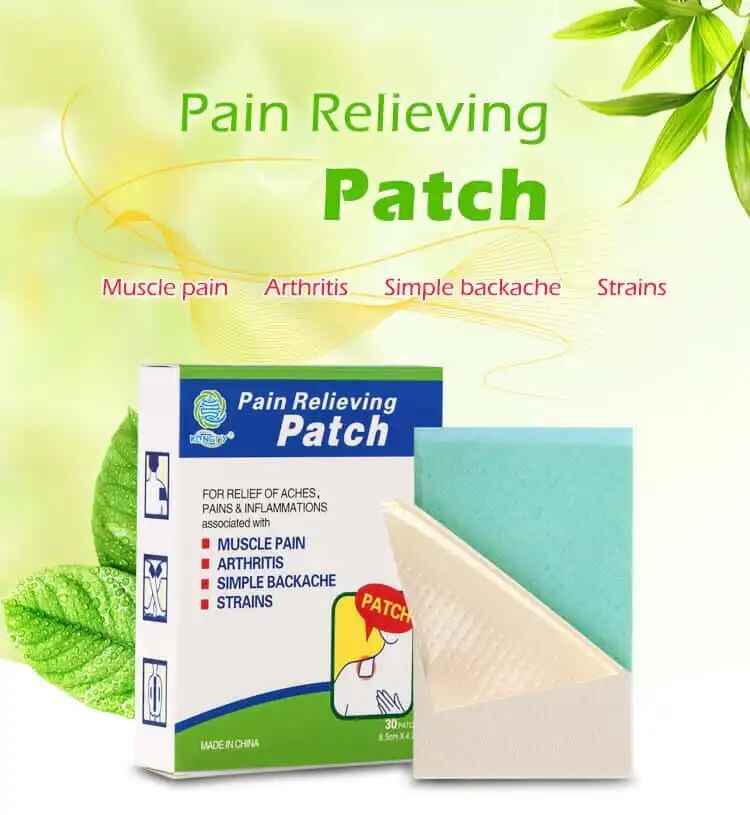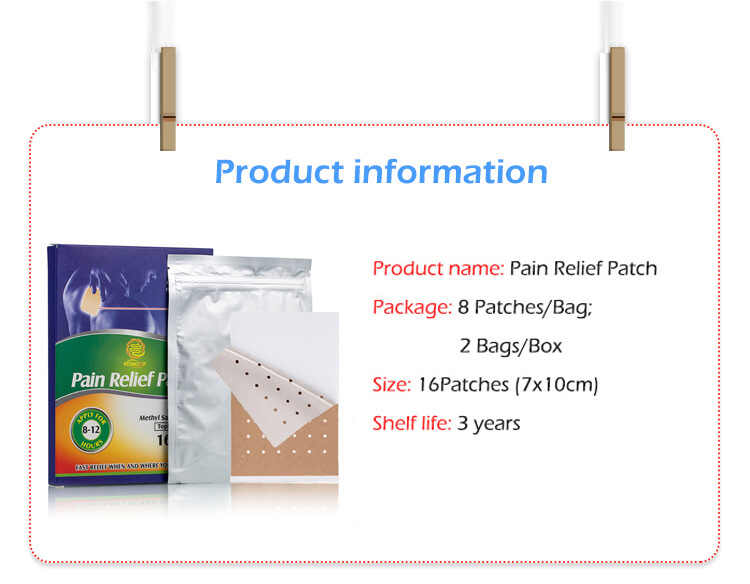Why Sustainability Matters for Pain Relief Gel Patch OEMs: A Competitive and Ethical Imperative
In today’s rapidly evolving healthcare and wellness market, sustainability has shifted from a “nice-to-have” to a critical business strategy. For Pain Relief Gel Patches OEM companies, embedding sustainability into every level of the supply chain is no longer optional—it’s a differentiator, a compliance necessity, and a path to long-term success.
This article explores why sustainability is essential for OEM manufacturers in this industry, with a focus on Pain Relief Gel Patches Manufacturer, Custom Pain Relief Gel Patches, Private Label Pain Relief Gel Patches, and Pain Relief Gel Patches Supplier operations.

1. Rising Global Demand for Eco-Friendly Health Products
Consumers are increasingly health-conscious and environmentally aware. According to Nielsen data, 73% of global consumers say they would change their consumption habits to reduce environmental impact. This trend directly affects the pain relief segment, where the expectation is now set on biodegradable packaging, natural ingredients, and responsible sourcing.
For a Pain Relief Gel Patches OEM, this creates a clear market opportunity. Offering sustainable, custom solutions gives OEMs a competitive edge when partnering with brands seeking eco-responsible private label products.
2. Compliance with Environmental Regulations
Global and regional environmental laws are becoming stricter, particularly in the EU, North America, and parts of Asia. Regulations related to waste management, emissions, ingredient safety, and packaging standards are forcing manufacturers to adapt.
For example:
REACH (EU) restricts hazardous substances in products.
FDA and EPA (USA) require transparent ingredient reporting and sustainability disclosure for medical devices and topicals.
By integrating sustainable practices early, Pain Relief Gel Patches Manufacturers can future-proof their operations, avoid fines, and streamline regulatory approval processes.
3. Cost Efficiency Through Resource Optimization
While sustainability initiatives may require upfront investment, they often lead to long-term savings. Energy-efficient production lines, reduced material waste, and circular packaging systems lower operational costs.
For instance:
Transitioning to recycled or biodegradable patch backings can reduce raw material expenses.
Implementing closed-loop water systems in hydrogel patch production cuts utility bills.
Green supply chains reduce transportation costs and improve delivery efficiency.
This is particularly important for Custom Pain Relief Gel Patches and Private Label Pain Relief Gel Patches manufacturers where scalability and profitability hinge on tight margin control.
4. Building Brand Trust and Customer Loyalty
Modern consumers don’t just buy products—they buy into the values of the brands behind them. Pain relief patches associated with clean, ethical manufacturing enjoy higher loyalty and brand equity.
OEMs that embed sustainability into their branding and messaging are better positioned to attract long-term partners. This matters most in private label and custom patch development, where the manufacturer’s identity is often aligned with the finished brand.
A sustainable Pain Relief Gel Patches Supplier strengthens the story of any health and wellness brand it supports.
5. Enabling Innovation in Product Design
Sustainability and innovation go hand in hand. Forward-thinking OEMs are investing in plant-based hydrogels, non-toxic adhesives, and compostable liners—materials that reduce impact without compromising performance.
This kind of product innovation supports the launch of unique, custom pain relief gel patches that stand out in a saturated market. Sustainability becomes a design principle, not just a marketing angle.
6. Enhancing Supply Chain Resilience
Environmental sustainability strategies often increase resilience. By sourcing materials locally or through verified sustainable networks, Pain Relief Gel Patches OEMs can mitigate risks related to geopolitical instability, climate disruptions, and resource scarcity.
This is especially crucial for Private Label Pain Relief Gel Patches suppliers managing inventory across borders. OEMs with diversified, eco-conscious sourcing pipelines are less vulnerable to supply chain shocks.
7. Attracting Eco-Conscious B2B Partnerships
More major retailers, pharmacies, and online platforms have adopted green procurement policies. Brands that want shelf space in these outlets often need certified sustainable products and documentation from suppliers.
Pain Relief Gel Patches Manufacturers that provide such compliance not only help their clients meet retailer requirements but also increase their chances of winning high-value partnerships.
8. Reputation Management and ESG Alignment
Environmental, Social, and Governance (ESG) performance is increasingly tied to business valuation. For a Pain Relief Gel Patches OEM, showing ESG leadership boosts credibility with:
Investors
Regulatory bodies
Corporate clients
Being able to showcase a sustainable manufacturing model enhances your standing as a responsible, long-term business partner.
9. Contribution to Global Health Goals
Sustainability is central to the United Nations Sustainable Development Goals (SDGs), including SDG 3 (Good Health and Well-being) and SDG 12 (Responsible Consumption and Production).
By aligning with these global objectives, Pain Relief Gel Patches Suppliers play a direct role in creating healthier, more sustainable communities. This enhances both corporate purpose and market relevance.
10. Case Study: Sustainable Practices in Action
One leading Pain Relief Gel Patches Manufacturer transitioned to water-based adhesives and biodegradable patch liners, reducing their carbon footprint by 25% within two years. They also implemented a QR code tracking system to show end-users the product’s sustainability story, leading to a 40% increase in B2B inquiries.
This kind of impact shows how sustainability can power both social good and business growth.
Final Thoughts
Sustainability is not a trend—it’s a strategic imperative for every Pain Relief Gel Patches OEM. Whether you're developing custom formulas, launching private label solutions, or expanding as a Pain Relief Gel Patches Supplier, investing in green practices drives competitive advantage, strengthens brand integrity, and meets the growing expectations of consumers and regulators alike.
For long-term success, sustainability should be integrated into product development, material sourcing, packaging, manufacturing, and distribution.
Related Questions and Answers
Q1: How can a Pain Relief Gel Patches OEM become more sustainable?
A: By using biodegradable materials, reducing emissions, optimizing energy use, and sourcing ingredients responsibly.
Q2: Is there demand for eco-friendly Custom Pain Relief Gel Patches?
A: Yes, more brands are looking for sustainable custom patch options to meet consumer demand and retail requirements.
Q3: What sustainable materials are used in pain relief patches?
A: Plant-based hydrogels, water-based adhesives, biodegradable films, and recyclable paperboard packaging are common choices.
Q4: Can sustainability help my private label pain relief patch brand grow?
A: Absolutely. Sustainability boosts brand appeal, attracts loyal customers, and aligns your product with leading retailers.
Q5: Do sustainable practices increase the cost of production for OEMs?
A: While initial costs may be higher, long-term savings from resource efficiency and reduced waste often outweigh them.






